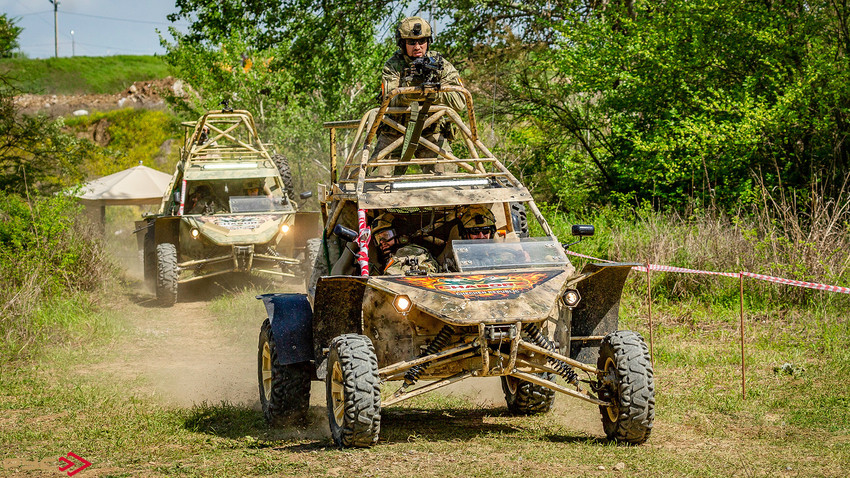
At the Victory Day parade in Moscow on May 9, the Russian army presented one of its latest acquisitions, the Chaborz-M3 multipurpose assault buggy. This is a new class of vehicles for the Russian armed forces.
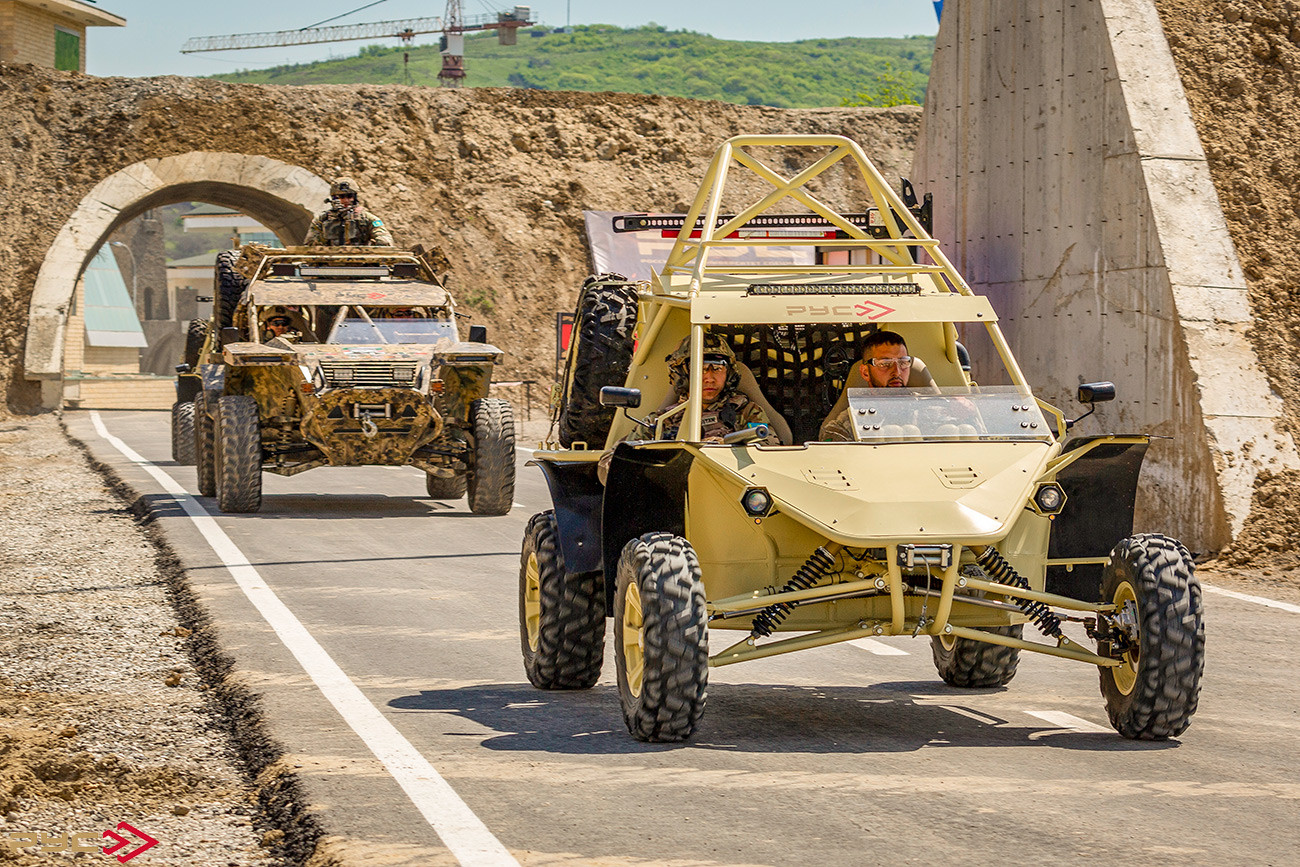
The Chaborz-M3 is a militarized all-terrain vehicle designed to operate in inaccessible mountainous and wooded areas, as well as in Middle Eastern deserts. It is capable of maneuvering over fallen trees and boulders up to half a meter tall and can climb slopes and hills at an angle of up to 80-90 degrees.
The buggy accommodates three people: the driver, a machine gunner
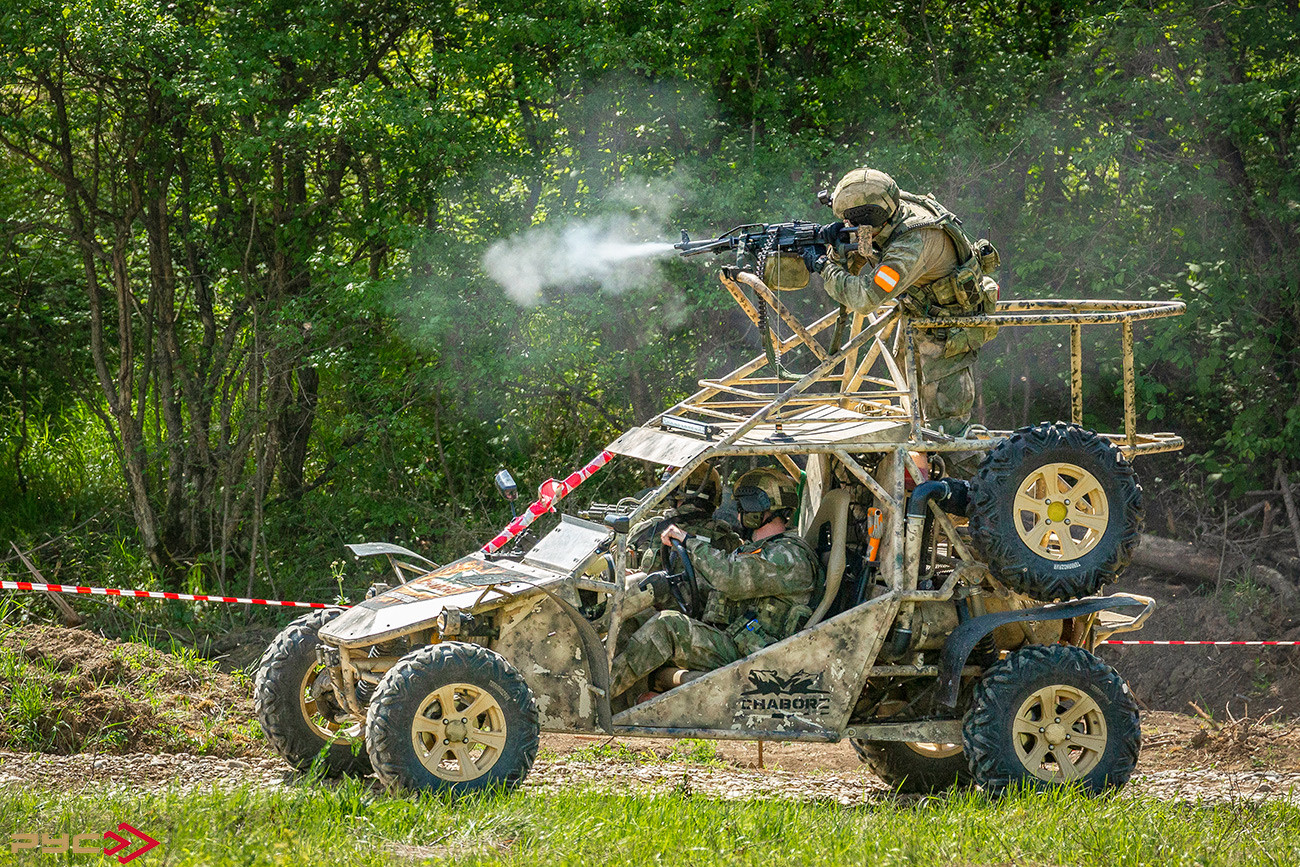
The buggies are designed to operate in a group of several vehicles, so a raid will generally involve three or more vehicles at a time.
Crews for these buggies undergo training at the Russian Special Forces University in the city of Gudermes, which was set up at the initiative of Ramzan Kadyrov, the Head of the Chechen Republic. This training is a bonus of sorts for buggies purchased by Russia and friendly countries that the Special Forces University is willing to work with.
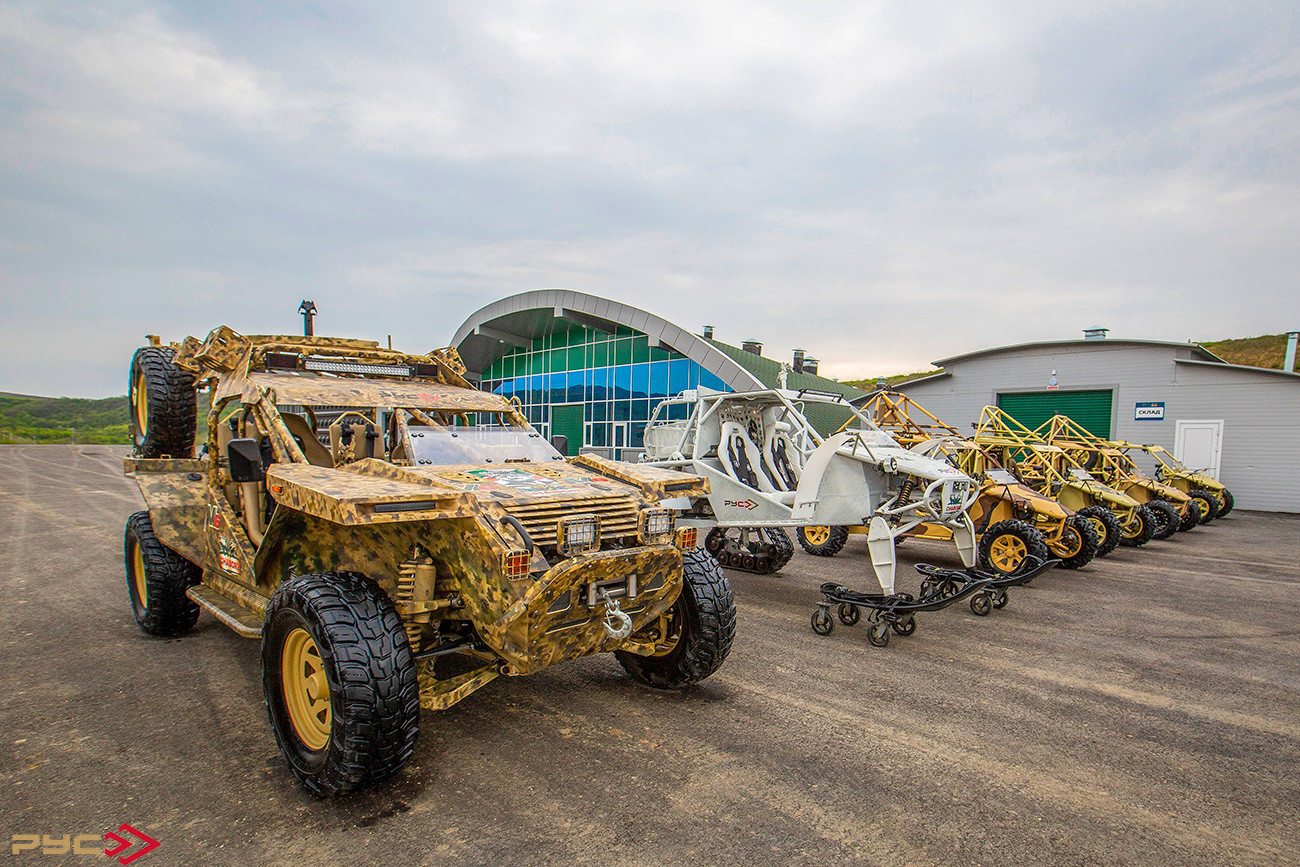
The military says that these vehicles have been designed to perform in the unique conditions of
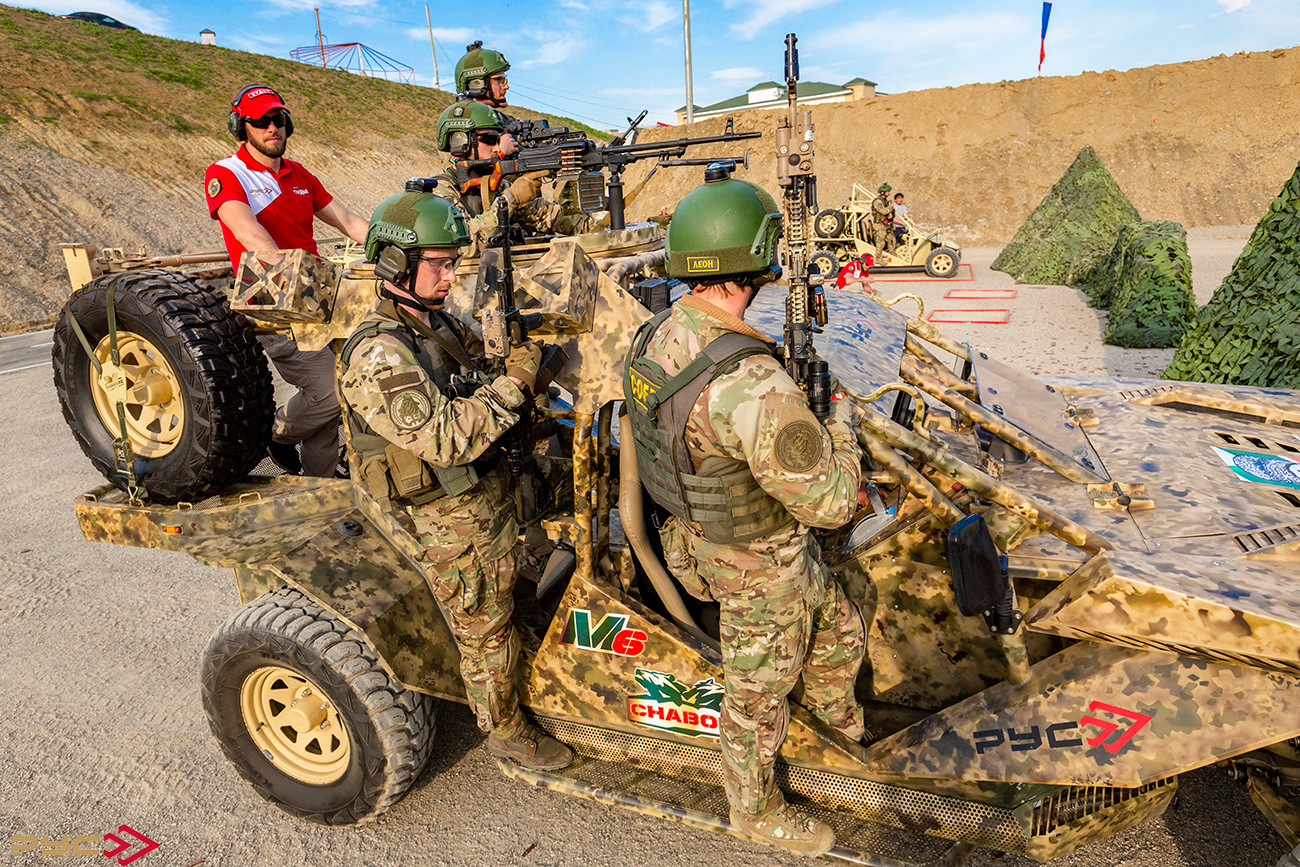
“These days, hostilities amount to local conflicts of high or low intensity. Hence the need for rapid response teams, which can reach the required destination in a matter of 30 minutes and eliminate guerillas/militants, who attacked people or a military convoy,” says Andrey, an instructor at the Russian Special Forces University who asked not to reveal his last name.
These buggies can be landed from helicopters and airplanes and are immediately ready for battle. That said, unlike a multi-ton airborne assault vehicle, a buggy cannot cross rivers. This is its main disadvantage. On the plus side, the
The new buggies have already been tested in fighting in Syria, where they were in use for four months and took part in desert operations.
“They ran on the ancient gasoline 60. The engine turned out to be not picky and calmly 'digested' that fuel. After the combat tests, we thought it may be a good idea to add attachments for stretchers so that they can be used to transport the wounded from the battlefield. We are working on this now,” Andrey adds.
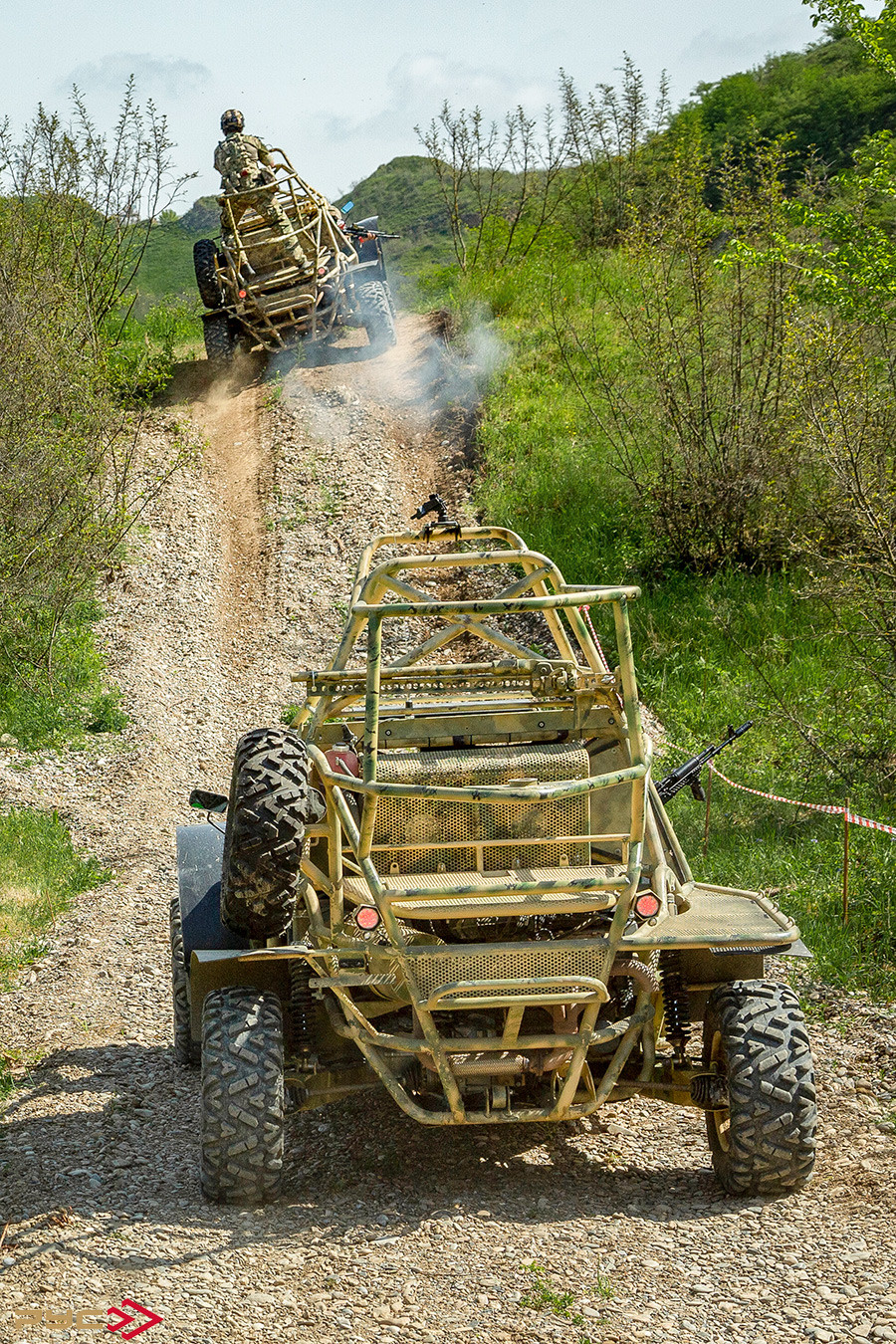
The focus is on power and cross-country performance. The vehicle weighs 800 kg and can reach speeds of up to 130 km an hour both on roads and rough terrain.
The buggy's headlights allow it to operate at night and in complete darkness where there is no artificial light whatsoever.
If using any of Russia Beyond's content, partly or in full, always provide an active hyperlink to the original material.
Subscribe
to our newsletter!
Get the week's best stories straight to your inbox